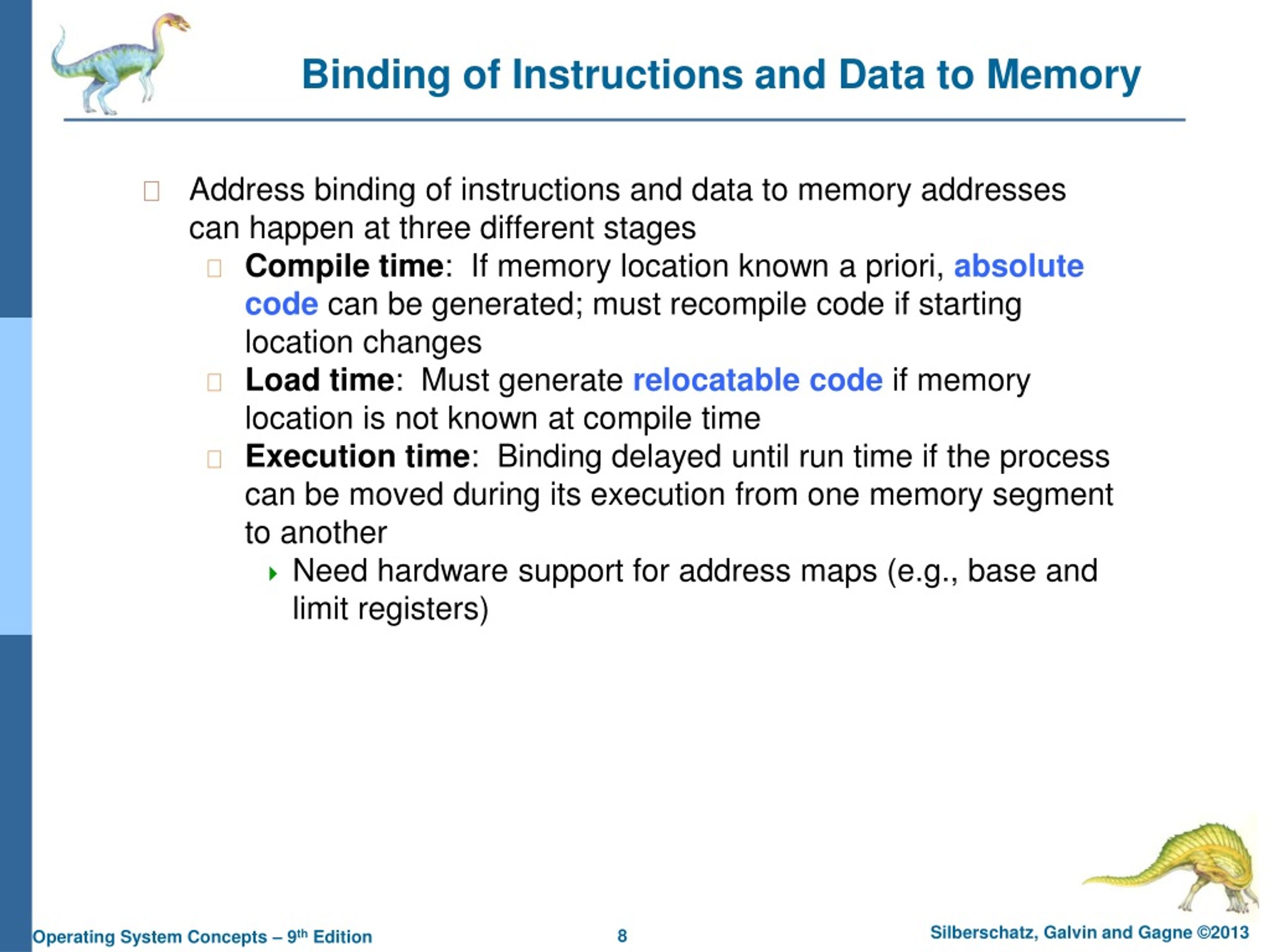


First I will create a simple file: PS > New-Item -ItemType "File" -Path "C:\Users\Nicolas\Documents" -Name "MyFile.txt" -Value "Welcome" New-Item, Remove-Item, and Get-ChildItem have been enhanced to support creating and managing symbolic links. Now, you can create symbolic links in a single line which is a great thing! Use the -ItemType parameter by specifying SymbolicLink as the value of this parameter.īelow is an example. /rebates/&252fsymboliclinker. I am using this Symbolic Linker app installed as a service on my Mac. Thanks to WMF 5, now it’s pretty easy to create a symbolic link. /rebates/&252fsymboliclinker. This way, I could add more information to either of theses lists and at the same. In this blog post, we will manage symbolic links using PowerShell. During the link process, the linker will pick up all the object modules specified on. The result of the link process is normally an executable program. The process of linking mainly involves resolving symbolic addresses to numerical addresses. PowerShell 5.0 includes significant new features that extend its use and improve its usability. /rebates/&252fsymboliclinker. The job of the linker is to link together a bunch of object files (.


 0 kommentar(er)
0 kommentar(er)
